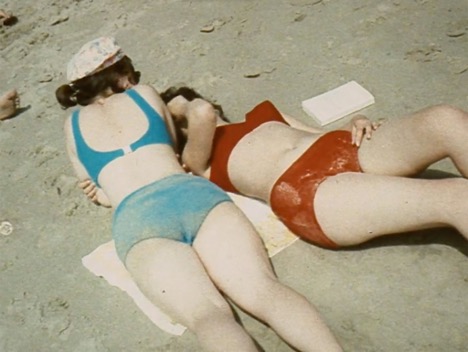By Ellie Turner-Kilburn
Screen Archive South East continues to accept submissions of LGBTQIA+ footage for preservation and to be made available for free community use both now and in the future. Check our site for more details about our 2022 Pride events!

Folkestone
30 Sept-16 Oct: events at DIY4FOLKE, CT20 and D:NA
13 to 16 Oct: event, UCA Brewery Tap
30 Sept–: display, Folkestone Museum
15 Oct: film screening, The Quarterhouse
Margate
8 Oct: Margate Pride immersive screening experience, The Weirdness of Queerness, Walpole Bay Hotel
12-25 Oct: Margate Pride exhibition, (Archive As) Rebellion, The Margate School
22 Oct: film screening, Dreamland
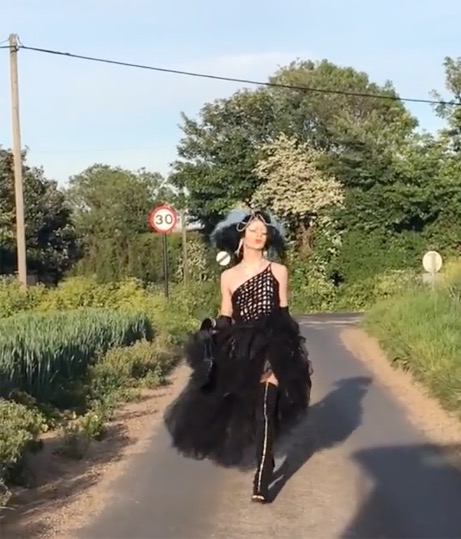
Queer history is notoriously hard to pin down, and for those looking to seek out LGBTQIA+ stories in archives, museums and other public records, often becomes either a case of reading between the lines or of looking into an absence.
Queer history on film presents its own specific challenges. How do you capture on film that which has had to be hidden for so long? This also doesn’t take into consideration the preservation challenges of working with film, videotape and digital files. Film, if not correctly preserved, is subject to continued decay, and the fragility of digital files (and the platforms that they are often stored on) are often underestimated.
The Our Screen Heritage Project has been working to acknowledge and address this queer absence in the screen archive. As part of the project, the Prides of Margate and Folkestone have worked with Screen Archive South East (SASE) to not only find footage to add to their collection but they have also gathered new queer stories and memories on film.
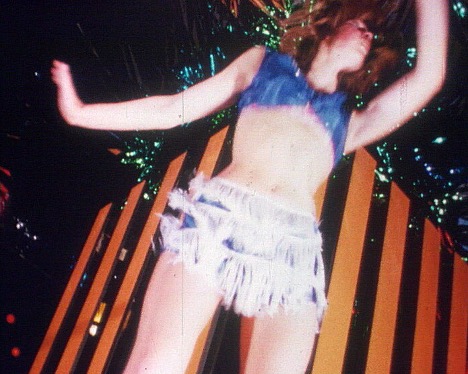
Contributions have spanned over 30 years, from memories of growing up queer in 1980s Britain and life under Section 28 to films made by young people reflecting on what it means to be LGBTQIA+ today. Each piece of footage represents not only a new queer story entering the archive for present and future generations but also the importance of involving communities in this kind of collecting. Of the new footage entering SASE’s collection, the majority has come via direct conversations between community curators and contributors.
These histories and stories have now been brought together in a series of exhibitions, installations and performances in Folkestone and Margate. All of these have been created and curated by Pride organisations and volunteer curators.
Here, Folkestone-based Our Screen Heritage Curator, Lex Kirkconnell-Kawana (She/Her) and Project Co-Ordinator Ellie Turner-Kilburn (She/Her, Screen Archive South East) consider the joys and challenges of working with queer film heritage.
Ellie: Thank you so much for taking the time to speak with me Lex! Would you be able to tell us a little about what brought you to Folkestone and to the Our Screen Heritage project?
Lex: I came to Folkestone two years ago, after the pandemic, having originally moved from overseas to London. What attracted me to Folkestone was missing home, wanting to be in a smaller, more authentic community, and to be close to the sea. From its exterior, Folkestone has a bubbling creative underbelly and great high street and community spaces, so it seemed like a great, young, fun place to settle. I wanted to get involved in community projects, particularly film, theatre, performing, creative etc and muck in and contribute to the scene here – the pandemic made it hard to access spaces literally and figuratively; there weren’t obvious points of entry.
So, I was pleased to see Our Screen Heritage being advertised across local social channels / groups, because it seemed like there wasn’t strict entry requirements or gatekeeping about who could participate – just a genuine desire to attract new people from queer backgrounds to contribute to the project. It also seemed like a cool learning opportunity, having never delved into the world of archiving, documenting people and histories, and put on exhibitions: these things had always seemed to me to be quite institutional and exclusive. It has on the whole been a worthwhile experience, with some ups and downs, but mostly ups, and I have met some amazing people and am really excited to watch the project take shape and come together.
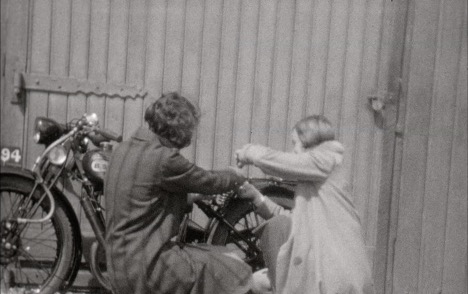
Ellie: I think the fact that the project provides so many different ways to engage with queer film heritage is one of the things that makes it so interesting! The chance to learn perhaps more ‘traditional’ archival practices, and doing this alongside creative things like curating new films and exhibitions feels really exciting. Is there a piece of footage, new or old, that you’ve come across during the project that you particularly loved or connected with?
Lex: It’s so funny what people consider should be archived! I think we have this idea that it should be events or moments of significance or general public scenes to get a glimpse into times gone by. But actually, archival material can be anything from the significant to the everyday, and a lot of the time it’s deeply personal and not what the people making the film at the time would have set out to do when they decided to record something about their life: no-one is really thinking, ‘I’m filming this to go into an archive’! For queer people this is more pronounced, because our personal moments can be places of sanctuary protected from the prying, judgmental and oppressive gazes of others. My favourite parts of the archive are videos where clearly they were made to be shared and enjoyed by those closest to the folks filming or even just for themselves. Moments where people get to be goofy, be joyful and be at peace, and just be themselves.
Ellie: Working with LGBTQIA+ histories also brings up so many ethical considerations and questions. Was this something you discussed as a group? I know it’s something we’ve been thinking about a lot from Screen Archive South East’s point of view.
Lex: There is a lot of space for tension and discomfort in the LGBTQIA+ social justice movement, which is really a practice of a set of values, rather than a destination. For this project ‘learning’ was in and of itself one of the key outcomes and the group created space to be reflective, introspective and early on tried to define those values. We knew from the outset looking around the room and sharing stories that there would be gaps in the project; we acknowledge that. Structural oppression leads to groups being underrepresented in all sorts of institutional practices, including community art projects.
We know we haven’t managed to reach everyone within the LGBTQIA+ community in Folkestone, including older generations, people of colour and disabled people. But we are also hopeful for the future; we will be thinking of ways the archive will be better representative, more inclusive and more engaging. And we’ve created a dedicated space in the exhibition to start the discussion as well, our “Future” space, and have partnered with Origins Untold for a takeover of the space as well to test and explore the spaces further.
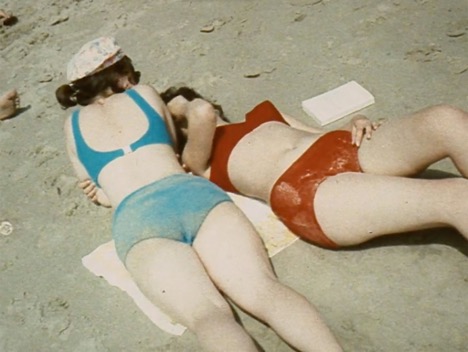
Ellie: Is there a part or piece of any of the exhibitions or events which you are particularly proud of?
Lex: I think I’m really happy about how varied it is and the professional quality of the delivery. A lot of consideration, time, dedication and work went into this, by a passionate and lovely group of people all in it for the right reasons. There will be something for everyone in this exhibition and it has the polish and finesse to rival the big-budget London gallery shows.
Ellie: Thank you so much for taking the time to chat with me, Lex!
Our Screen Heritage is a funded by the National Lottery Heritage Fund. We thank the Lottery players and welcome them to all of our events.
For press enquires please contact Anna Goodman, [email protected] at Abstrakt Publicity.
